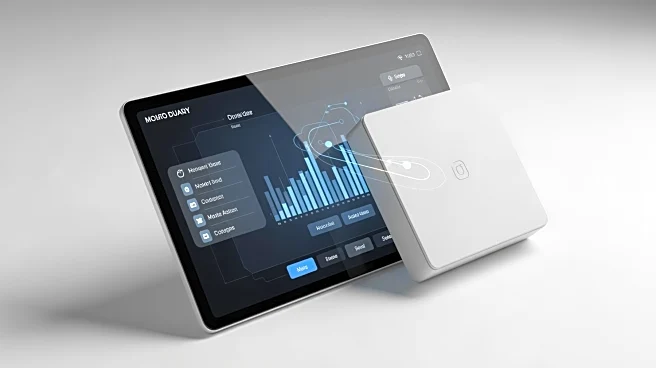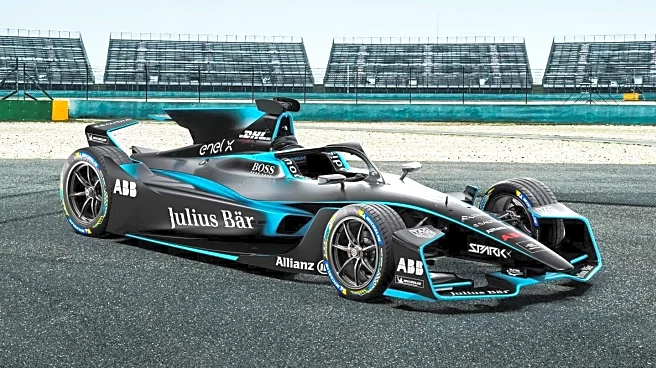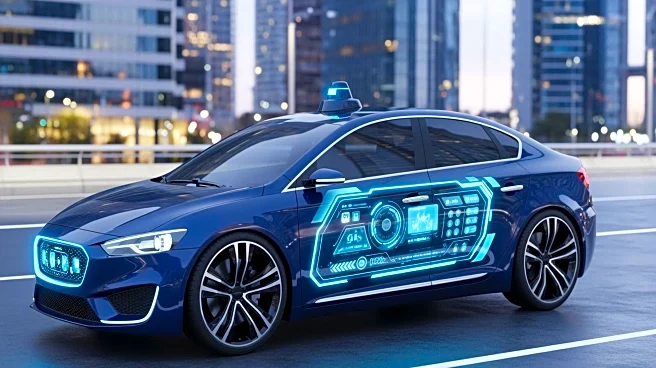What's Happening?
Brands are increasingly integrating digital elements into physical experiences to create hybrid models that enhance audience engagement. This trend follows a post-pandemic resurgence in real-world events, where digital tools are used to enrich and extend
these experiences. Examples include ApeFest, which blends online and offline interactions, and the BBC Philharmonic Orchestra's virtual performances. The shift is not about replacing physical experiences but merging them with digital layers to create more interactive and accessible events. This approach is transforming industries like education, urban planning, and retail, where digital extensions offer new ways to engage and include broader audiences.
Why It's Important?
The hybrid model represents a significant evolution in how brands and institutions connect with audiences. By combining physical presence with digital accessibility, organizations can reach wider demographics and create more inclusive experiences. This approach is particularly relevant in the U.S., where diverse populations seek personalized and interactive engagements. The implications for businesses are profound, as they must adapt to this new paradigm to remain competitive. Brands that successfully integrate digital and physical elements can enhance customer loyalty, gather richer data, and foster deeper emotional connections.













